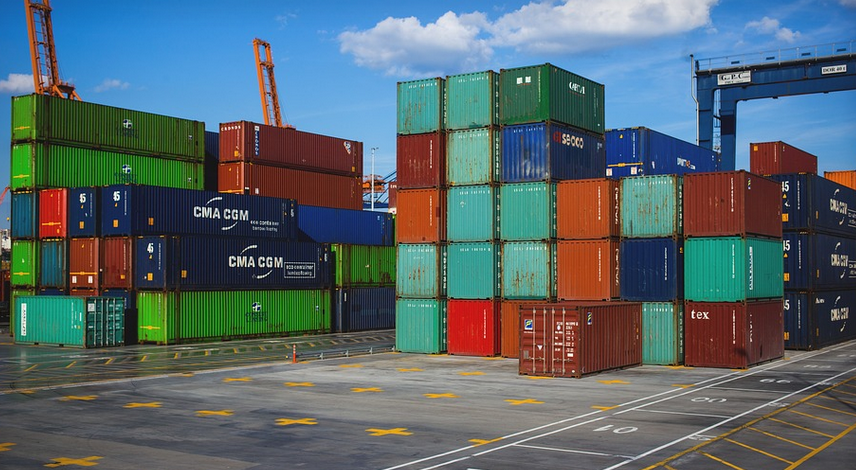
Pointe Shoes With Elastic: A Modern Approach To Ballet Technique
Revolutionizing the Art of Pointe
For centuries, pointe shoes have been an iconic symbol of ballet, embodying grace, elegance, and a certain level of athleticism. However, for dancers who might struggle with traditional pointe shoe construction, navigating this demanding world can feel daunting. Enter the innovative world of pointe shoes with elastic. These shoes represent a significant shift in design, blending the classic charm of pointe footwear with modern technology to create a more accessible and comfortable experience for ballet dancers.
The evolution of pointe shoes has been driven by an understanding that traditional construction often presents challenges. One of the most common struggles is finding the right fit. Traditional pointe shoes, particularly those constructed in a hard-set, inflexible material, can create discomfort and even injury for many dancers. The limited flexibility can restrict movement and force dancers into unnatural stances, leading to fatigue and potential long-term damage.
Pointe shoes with elastic boast an entirely different approach to comfort and function. The introduction of elastic allows this new generation of pointe shoes to offer greater adaptability and a more natural freedom of motion. This innovative technology helps alleviate pressure points and reduces the strain on the feet, allowing dancers to move with greater ease and fluidity.
One of the most striking aspects of pointe shoes with elastic is their ability to create a more personalized fit. The elastic allows for adjustments that can be tailored to individual foot shapes and sizes. This means dancers can enjoy a more comfortable and secure feel, which ultimately empowers them to focus on perfecting their techniques and expressing themselves freely.
Beyond the comfort factor, pointe shoes with elastic also offer a distinct advantage in terms of durability. The use of elastic helps to stretch the shoe’s material over time, allowing for greater longevity compared to traditional, inflexible versions. This means dancers can expect more wear and performance from their pointe shoes before needing replacements.
The advantages extend beyond the comfort and durability aspect. A key benefit is the improved flexibility. The presence of elastic allows the shoe to conform to the natural movements of the foot and ankle, creating a more fluid and graceful appearance in dance. This enhanced freedom of movement can translate into more expressive performances as dancers become more comfortable and confident in their movements.
Another key advantage lies in the versatility these shoes offer. The elastic-based construction allows for diverse styles of dancing, from classic ballet to contemporary and even jazz. This adaptability makes them suitable for various dance forms while maintaining a dedicated pointe experience.
The shift towards sustainable practices within the fashion industry has also influenced the development of pointe shoes with elastic. Using lighter materials and focusing on durability contributes to reducing waste and promoting responsible manufacturing.
While pointe shoes with elastic offer significant advantages, it’s important to approach this new technology with mindful consideration. The key lies in understanding how the change in construction impacts dance technique and performance. It’s crucial to remember that while these shoes may help address some challenges, mastering ballet techniques remains fundamental.
Ultimately, pointe shoes with elastic represent a bold step forward in ballet shoe design. They offer a modern solution for dancers who may find traditional options restrictive, uncomfortable, or even damaging. Through innovative use of materials and attention to individual needs, this new generation of pointe shoes is set to reimagine the dance world while honoring the legacy of ballet’s artistry.